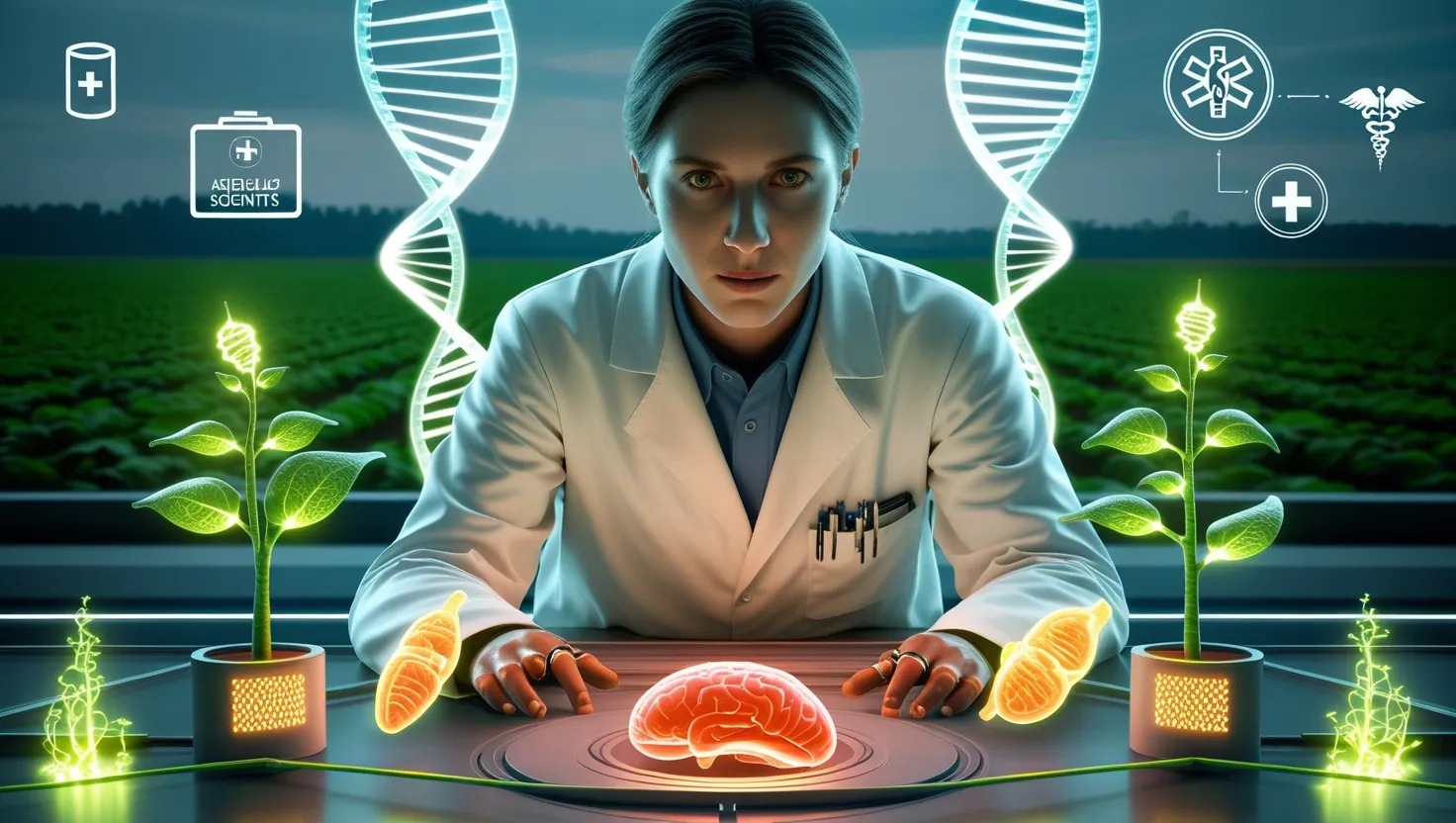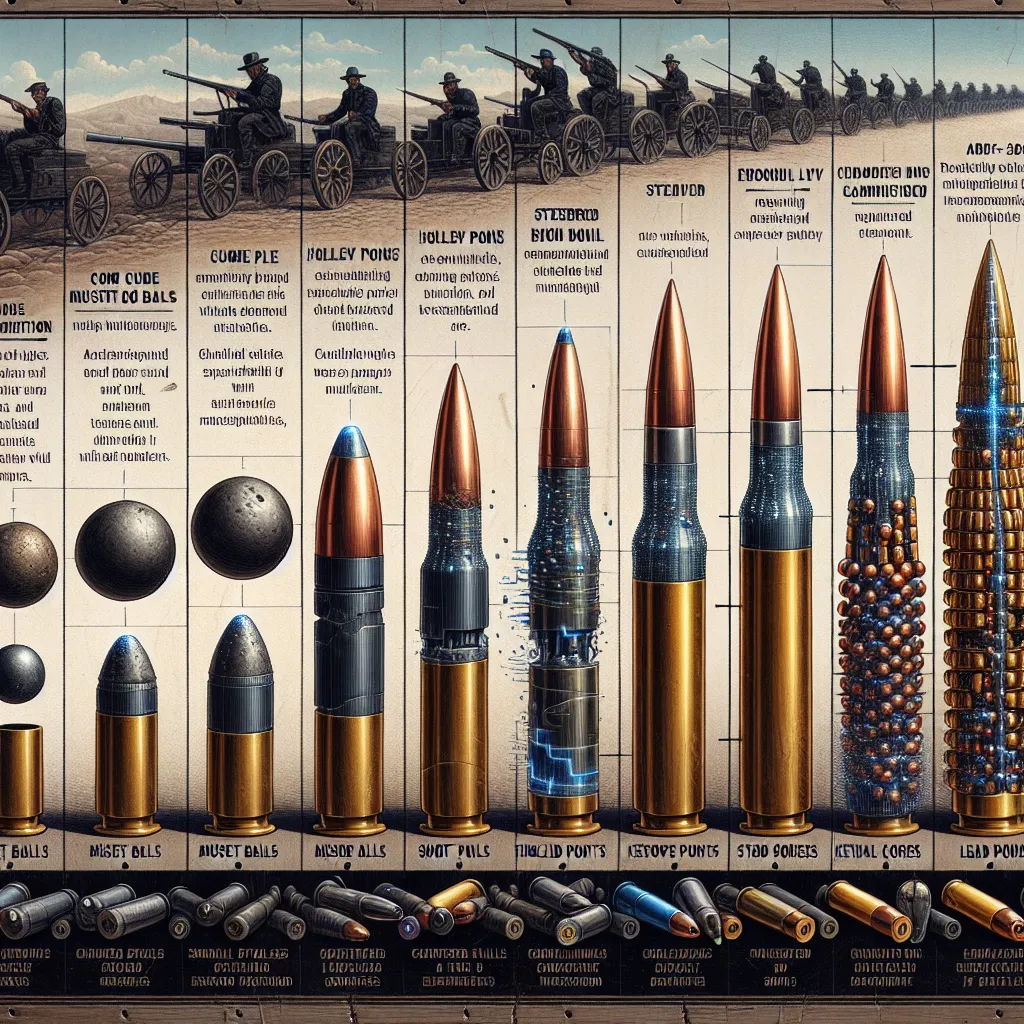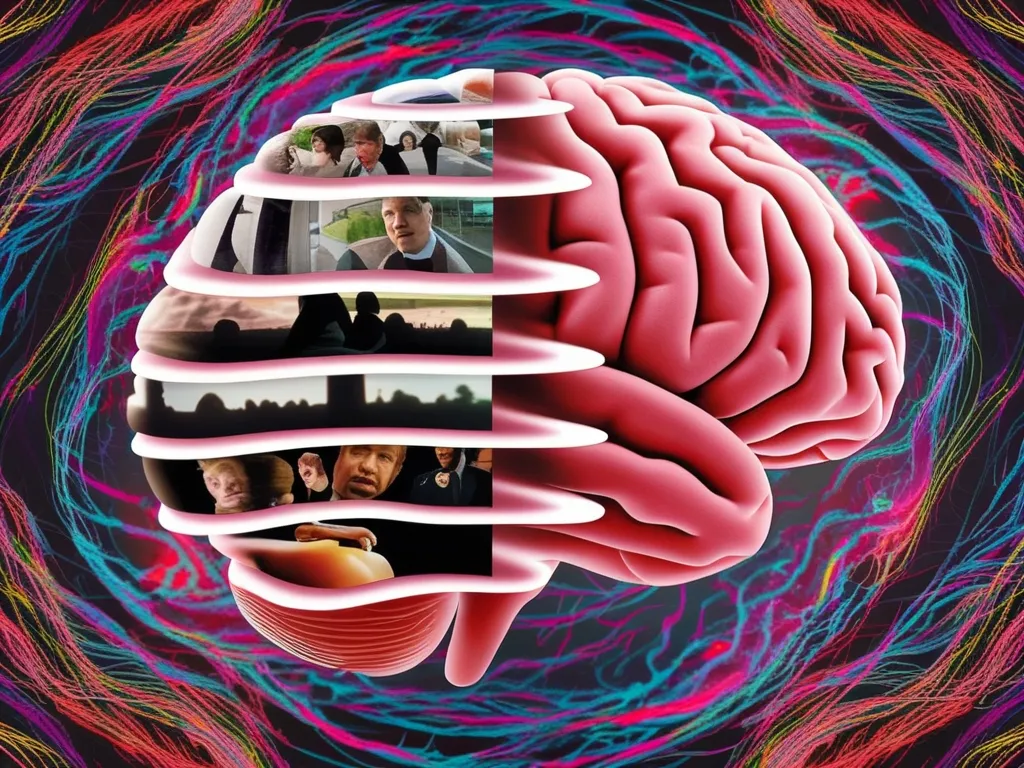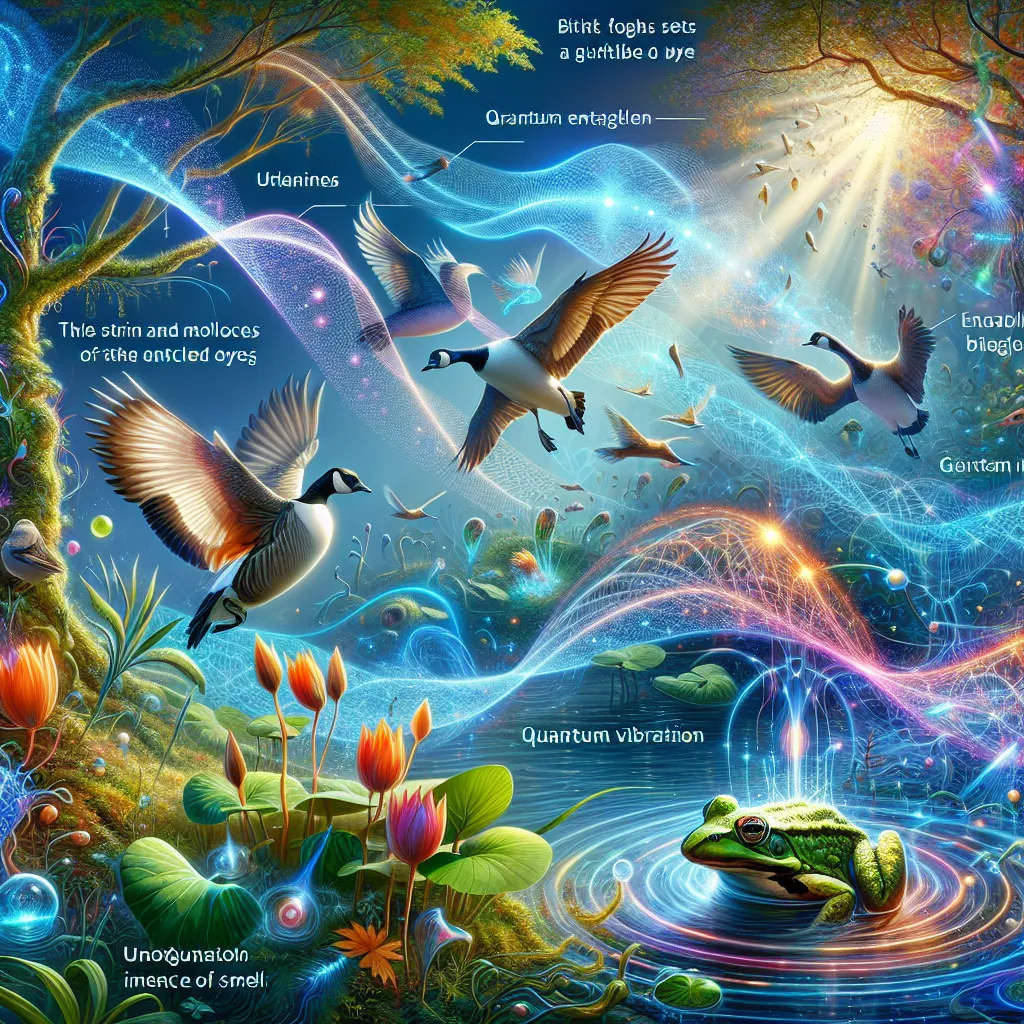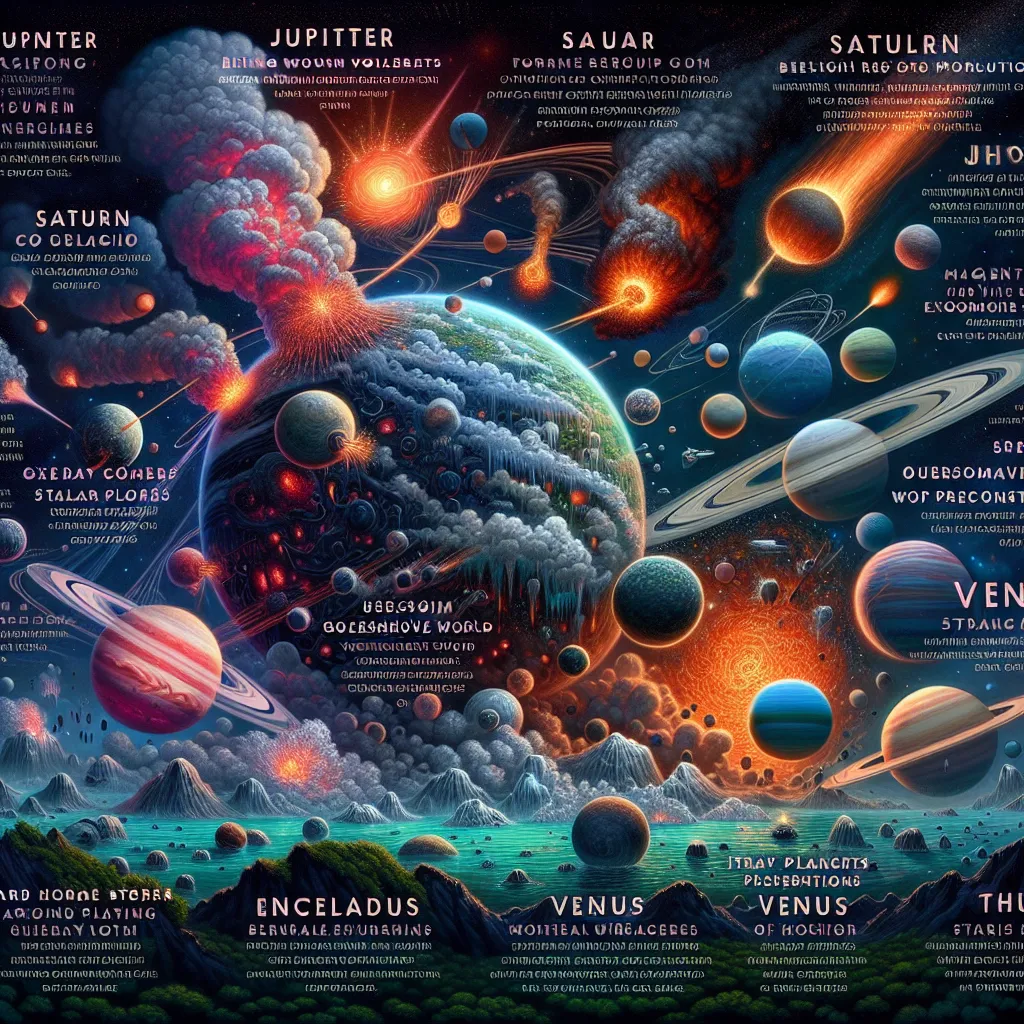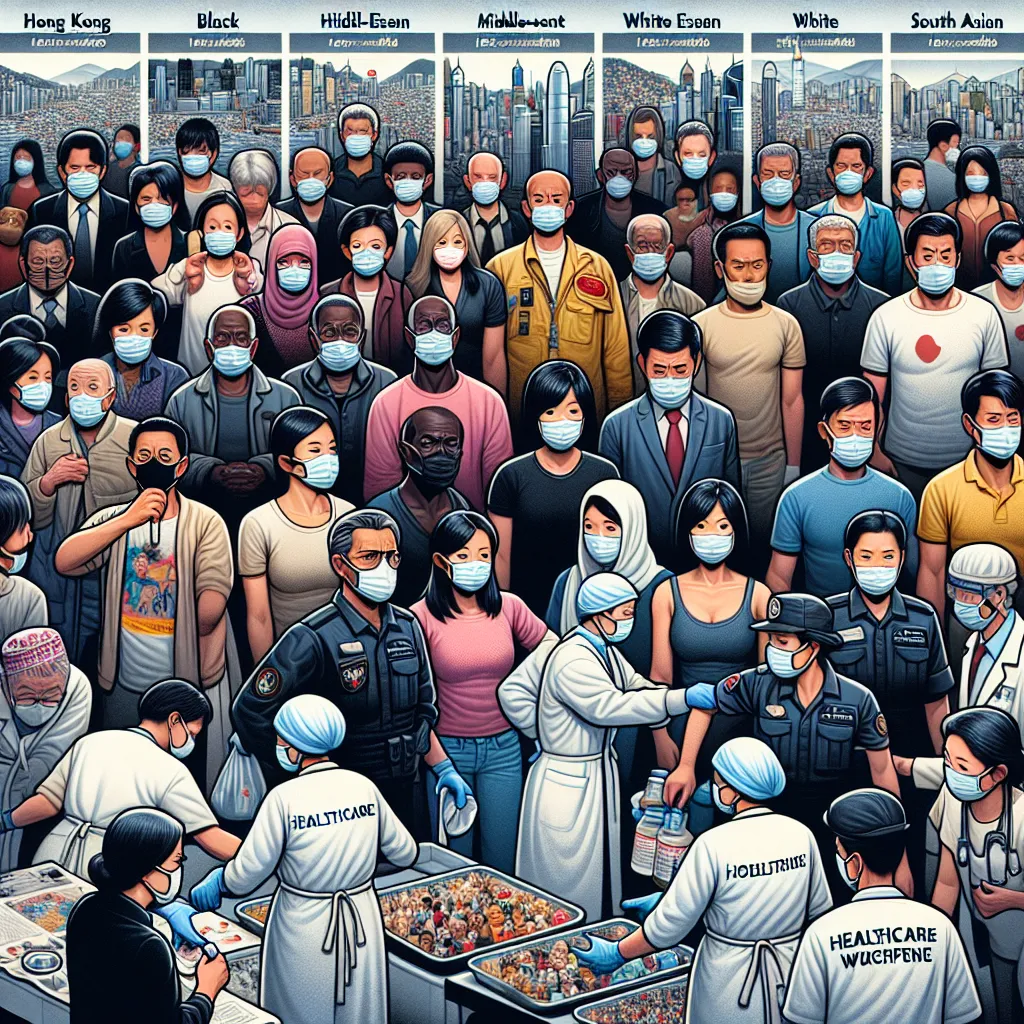As we stand at the threshold of a new era in biotechnology, it’s hard not to feel a sense of awe at the sheer breadth of innovation that is transforming the fields of medicine and agriculture. Let’s delve into six emerging biotechnologies that are not only revolutionizing how we approach health and food production but also raising important questions about the future of our planet.
CRISPR-Cas9: The Precision Scalpel of Genetics
Imagine having a tool that can edit the very fabric of life with unprecedented precision. CRISPR-Cas9 is that tool, and it’s changing the game in both medicine and agriculture. This gene editing technique allows scientists to insert, delete, or modify genomic DNA with remarkable accuracy. In medicine, CRISPR-Cas9 holds the promise of treating genetic diseases by correcting faulty genes. For instance, it could potentially cure sickle cell anemia or muscular dystrophy by repairing the genetic defects that cause these conditions.
In agriculture, CRISPR-Cas9 is being used to create crops that are more resilient to pests, diseases, and environmental stresses. This means farmers can grow more food with fewer resources, reducing the need for pesticides and other harmful chemicals. As the climate continues to change, this technology could be a lifeline for global food security.
“As the history of the world proves, the true creator of new life forms could be not God but human beings themselves,” said Dr. Jennifer Doudna, one of the pioneers of CRISPR technology. This quote underscores the immense power and responsibility that comes with this technology.
Synthetic Biology: Crafting Life from Scratch
Synthetic biology is the art of designing and constructing new biological systems or modifying existing ones to perform specific functions. One of the most exciting applications of synthetic biology is in the production of biofuels. By engineering microorganisms to convert biomass into fuel, scientists are working towards a more sustainable energy future.
Imagine a world where your car runs on fuel produced by microbes rather than fossil fuels. This isn’t just a fantasy; it’s a reality that synthetic biologists are working hard to achieve. The potential impact is enormous – cleaner energy, reduced greenhouse gas emissions, and a significant step towards mitigating climate change.
But synthetic biology isn’t just about biofuels; it’s also about creating artificial organisms that can perform a variety of tasks, from cleaning up environmental pollutants to producing novel pharmaceuticals.
Organoids: Miniature Worlds of Research
Organoids are miniature 3D models of organs that are grown in the lab from stem cells. These tiny structures mimic the behavior of real organs, making them invaluable for drug testing and disease research. Imagine being able to test new drugs on a miniature liver or brain before they are ever given to humans. This could revolutionize the drug development process, making it safer and more efficient.
Organoids are also helping scientists understand complex diseases better. For example, by studying organoids of the gut, researchers can gain insights into how diseases like Crohn’s or ulcerative colitis develop and how they might be treated.
“Science is a way of thinking much more than it is a body of knowledge,” said Carl Sagan. Organoids embody this spirit of scientific inquiry, offering a new window into the intricate workings of the human body.
Xenotransplantation: The Future of Organ Transplants
Xenotransplantation involves using genetically modified animal organs for human transplants. This technology has the potential to solve the chronic shortage of human organs available for transplantation. Imagine a world where patients waiting for a heart or kidney transplant no longer have to wait years or even die waiting.
Scientists are working on genetically modifying pigs to make their organs compatible with the human immune system. This involves removing genes that trigger an immune response and adding human genes to make the organs more acceptable to the human body.
However, xenotransplantation also raises ethical questions. Are we comfortable with the idea of using animal organs in humans? What are the long-term consequences of such procedures?
RNA Interference: Silencing Pests
RNA interference (RNAi) is a natural process by which cells regulate gene expression. In agriculture, RNAi is being used to control pests by silencing the genes that are essential for their survival. This method is more targeted and environmentally friendly compared to traditional pesticides.
For instance, scientists have developed crops that produce RNA molecules that interfere with the gene expression of certain pests. When these pests feed on the crops, they ingest these RNA molecules, which then silence the genes necessary for their survival.
This technology has the potential to reduce the use of chemical pesticides, making farming practices more sustainable and safer for both humans and the environment.
Bionic Leaves: Converting Sunlight into Fuel
Bionic leaves are artificial photosynthetic systems designed to mimic the process of photosynthesis. These leaves convert sunlight into liquid fuel, offering a promising solution for renewable energy.
Imagine a future where solar panels not only generate electricity but also produce fuel that can power your car or heat your home. This technology is still in its infancy but holds immense promise for a sustainable energy future.
As we explore these emerging biotechnologies, we are forced to ask some profound questions. What does it mean to be human in a world where we can edit genes, create artificial life forms, and use animal organs in humans? How do we balance the benefits of these technologies with their ethical implications?
“The future belongs to those who believe in the beauty of their dreams,” said Eleanor Roosevelt. As we embark on this journey into the future of biotechnology, it’s crucial that we keep our eyes open to both the beauty and the challenges that lie ahead.
In the end, these biotechnologies are not just tools; they are gateways to new possibilities and new responsibilities. As we continue to push the boundaries of what is possible, we must also ensure that we do so with wisdom, compassion, and a deep respect for the intricate web of life that we are a part of.
